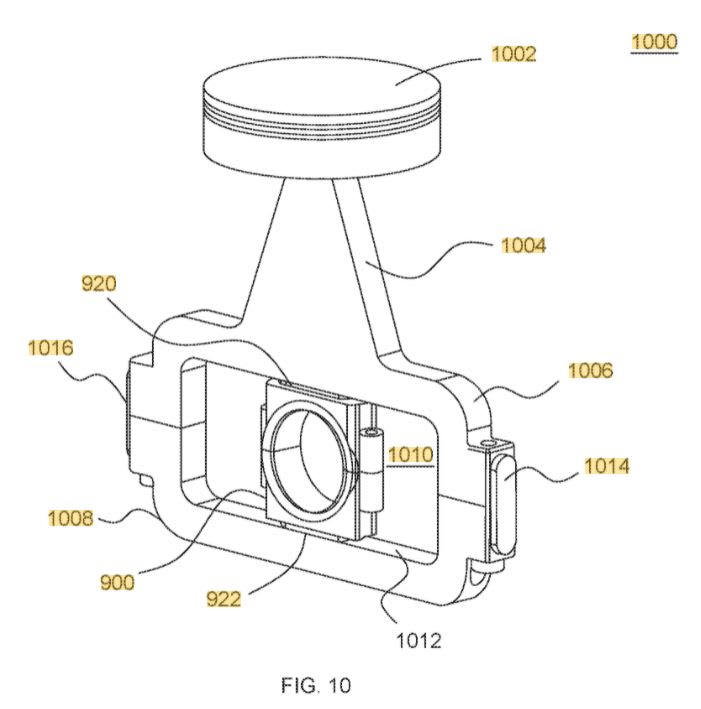enginesrus
Mechanical
- Aug 30, 2003
- 1,016
Follow along with the video below to see how to install our site as a web app on your home screen.
Note: This feature may not be available in some browsers.
gruntguru said:They hold a patent for a scotch yoke design.

The original patent was filed by Alberto Francisco Araujo who is a director of Alfadan.RodRico said:They *bought* the patent... it was granted in 2019 to an individual inventor then sold to Alfadan late last year.
